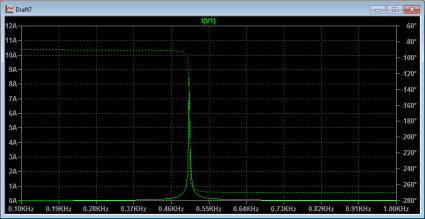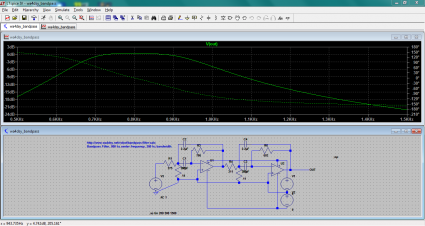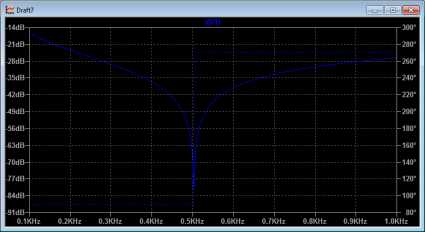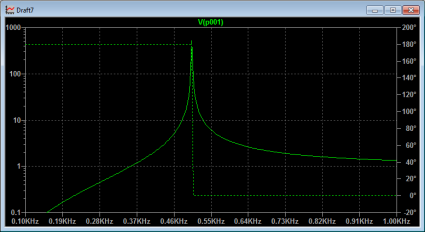I am always on the lookout for people who build interesting computers from scratch. Here’s another nifty one: a 4 bit CPU called the Duo 128 Elite by Jack Eisenmann. It’s a pretty obscure little architecture, but is cool enough to play pong on a 8×8 LED display.
Category Archives: electronics
Gutenberg Gem: Letters of a Radio-Engineer to His Son, by John Mills
I love old books, even on technical subjects like radio. Often, by looking at the books of the past, we find them more accessible (because there was less knowledge, they assume less as a precursor) and also possess considerable historical interest.
Letters of a Radio-Engineer to His Son is a nice little book by John Mills Sr. to his son back in 1922, which begins simply with:
My Dear Son:
You are interested in radio-telephony and want me to explain it to you. I’ll do so in the shortest and easiest way which I can devise. The explanation will be the simplest which I can give and still make it possible for you to build and operate your own set and to understand the operation of the large commercial sets to which you will listen.
I’ll write you a series of letters which will contain only what is important in the radio of to-day and those ideas which seem necessary if you are to follow the rapid advances which radio is making. Some of the letters you will find to require a second reading and study. In the case of a few you might postpone a second reading until you have finished those which interest you most. I’ll mark the letters to omit in this way.
All the letters will be written just as I would talk to you, for I shall draw little sketches as I go along. One of them will tell you how to experiment for yourself. This will be the most interesting of all. You can find plenty of books to tell you how radio sets operate and what to do, but very few except some for advanced students tell you how to experiment for yourself. Not to waste time in your own 4experiments, however, you will need to be quite familiar with the ideas of the other letters.
It’s a delightful little book, which talks about electrons, and waves, capacitance and inductance, audion tubes and continuous waves. It’s not mathematical, but neither is it just handwaving. It strikes a nice balance, and should be accessible to anyone with basic science knowledge. Check it out.
The Project Gutenberg eBook of Letters of a Radio-Engineer to His Son, by John Mills.
An Active Filter Design
Eldon, WA0UWH pointed out WA4DSY’s website that features an active filter design applet. I was just waking up this morning, so I thought I might give it a try. I used LTSpice’s universal op-amp node, and wired it for positive and negative voltage feeds. I specified a 2.2uH value for the caps, and a 800hz center frequency, with a bandwidth of 300hz. It is just a two pole filter, so you shouldn’t expect much, but I suspect it would be useful. I am tempted to try to adjust the resistor values to nearby standard values, and see how it looks, but I think I’ll need coffee before I do that.
Addendum: a little poking around, rounding the various values to their nearest 10% values resulted in a filter with approximately the same shape, but which had decreased gain in the bandpass region (roughly 3db down from the original). I suspect at the very least, you could compensate by adjusting the overall gain of the filter.
Tank Circuits…
Okay, time to work my way through some more complicated (but stll simple) examples. First of all, let’s consider a simple parallel LC circuit. Here is one with a 10uF capacitor and a 10mH inductor in parallel with an AC source:
We can compute the resonant frequency using the classic formula:
1
f = ------------
__ ___
2.0 || \/L C
Plugging in our values for L and C, we end up with a resonant frequency at approximately 500 Hz (more precisely, about 503 Hz). So, let’s use LTSpice to analyze the circuit using AC analysis, sweeping the frequency from 100Hz to 1000Khz. If we look at a graph of the current draw through the voltage source from this parallel LC circuit, we see the following:
The parallel LC circuit’s current draw drops to zero at the resonant frequency. It’s impedance goes to infinity at the resonant frequency, the tank doesn’t draw any current. Let’s compare it to the same circuit, but with the elements placed in series instead of in parallel. We’ll add a very tiny resistance as well.
This circuit also resonates at the same frequency, but with radically different behavior. Let’s graph the current in this circuit:

The currents through the circuit are huge, and peak at the resonant frequency. There are similarly huge voltages that appear across the capacitor.
All this is pretty basic stuff. I apologize for boring people with this, but I’m learning lots about using LTSpice by doing these basic exercises. It’ll eventually pay off by having a deeper understanding about how these circuits work.
Addendum: I was inspired by this chapter on resonance from Tony Kuphaldt’s second book on AC electric circuits. These books are part of the Open Book Project, and are available for free download. I’m gonna make good use of these.
Simple Temperature Sensing IC
A couple of projects that I’ve been pondering could make use of a little temperature sensing chip. Microchip makes this little gadget, the MCP9700A, which could be quite useful, and can be had for about $.35 from Digikey or Mouser. It comes in a simple TO-92 package, or smaller surface mount chips.
Homemade Thin-Film Transistor Experiments
Another link to some interesting experiments on building your own thin-film transistors.
And a Quarter Gets You Coffee » Homemade Thin-Film Transistor Experiments
Addendum: Of course any mention of building your own transistors would be remiss if it didn’t mention hacker-savant Jeri Ellsworth. She did an amazing job fabricating her own semiconductor devices, and in this video from Metalab, explains some of the basics.
Lecture Given At Metalab About Build A Home Chip Lab from Jeri Ellsworth on Vimeo.
TEMPEST: A Signal Problem – Hack a Day
I’m not 100% obsessed (more like 98%) with radio topics: this morning, I found this link on Hack a Day which provided a link to several articles having to do with TEMPEST. I’ve blogged about TEMPEST before, but for those who haven’t heard of it before, it’s a way of eavesdropping on electronic signals by listening for insecure, electronic emissions. I’d seen some of these before, but I hadn’t seen this work on evesdropping on USB keyboard emissions:
Compromising Electromagnetic Emanations of Keyboards Experiment 2/2 from Martin Vuagnoux on Vimeo.
I also hadn’t seen TEMPEST: A Signal Problem, a paper recently released under the FOI detailing the history of TEMPEST. Very interesting.
All About Circuits on Feedback
 I was digging around information on common emitter amplifier design, and encountered this link which seemed quite helpful. Digging around the All About Circuits webpage, which seems to be a very useful online reference. It helped me understand the presentation that I’ve been reading in my copy of Hands-On Radio Experiments. More on that soon.
I was digging around information on common emitter amplifier design, and encountered this link which seemed quite helpful. Digging around the All About Circuits webpage, which seems to be a very useful online reference. It helped me understand the presentation that I’ve been reading in my copy of Hands-On Radio Experiments. More on that soon.
Addendum: My wife just told me that she originally read the title of this blog entry as All about Citrus, and wondered why I would be writing about lemons and oranges. Heh. She should get some sleep.





